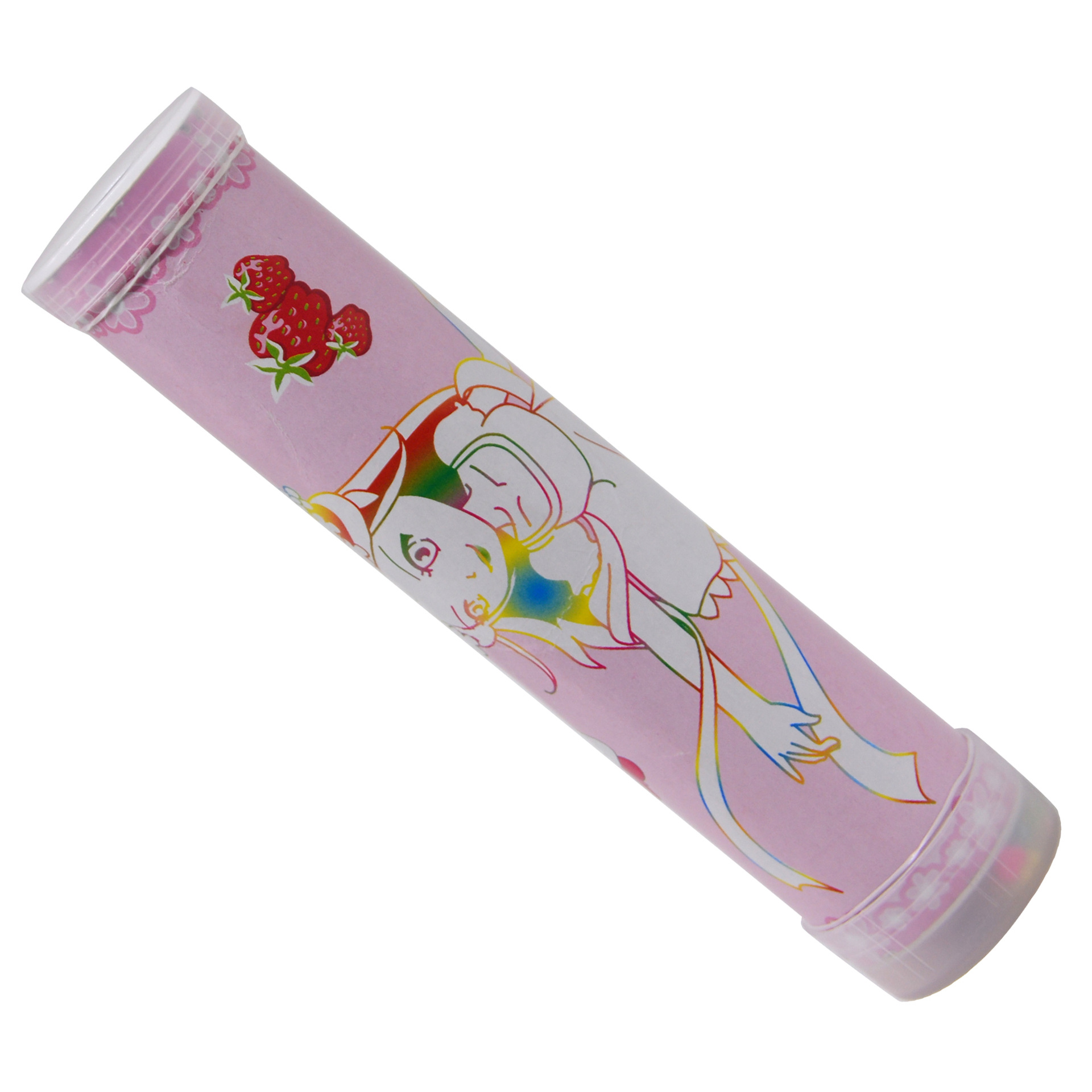
Search history
Clear allSearch by image
XDrag and drop an image here or upload an image
Max 5MB per image
UploadSign In | Join

Search history
Clear allSearch by image
XDrag and drop an image here or upload an image
Max 5MB per image
UploadSign In | Join
X Email Mobile
| Number | Unit-price | Total | |||
| I want to buy: | × | 5.2 | = | 0 |
A new item has been added to your Shopping Cart. You now have items in your Shopping Cart.
Kaleidoscope
A Kaleidoscope is a toy we often play with. As long as you look into the lens, you will see a beautiful 'flower' pattern. And every time the Kaleidoscope turns, the flowers inside are different. The patterns continue to change as you turn it, and you want to know why the patterns keep changing? Let's go and explore the mystery together!
Experimental Purpose: 1Experience the fun of making a kaleidoscope by hand.
2Feeling the mystery of scientific changes
Experimental Cognition① A kaleidoscope is an optical toy that creates a beautiful symmetrical pattern when one looks through it. It works by placing colorful objects at one end of a tube, placing a prism in the middle of the tube, and sealing the other end with a piece of glass with a hole in it. Through this hole, one can observe the beautiful symmetrical images. ② The patterns in a kaleidoscope are created by the reflection and refraction of light as it passes through the prism and the colored objects at the end of the tube. The prism breaks the light into its component colors, and as the light reflects off the objects and back into the prism, the different colors combine to create the intricate patterns that one sees through the hole.?It turns out to be a reflection of glass mirrors. It is composed of a prism made of three glass mirrors, with various colored glass fragments placed at one end. These fragments, after being reflected by the three glass mirrors, will produce symmetrical patterns, resembling blossoming flowers. ③ Principle of image formation in a plane mirror: According to the reflection of light, when the sun or a lamp illuminates a person, the light is reflected onto the mirror surface.
Knowledge Expansion: A Kaleidoscope uses the principle of imaging through planes of mirrors to create reflections and reflections by refraction of light.1816In the year, Sir David Brewster, a Scottish physicist, invented the Kaleidoscope. Brewster was primarily engaged in the study of optics and spectroscopy. He had a great love for optical experiments since his childhood and spent most of his life devoted to his favorite subject of optics. One day, while studying the properties of light with multiple mirrors, he saw the images reflected multiple times in a few mirrors placed opposite each other. He then placed some colored papers in the empty space formed by the mirrors and saw some symmetrical patterns. When he moved the position of the colored papers, the patterns changed. In order to make the patterns continuously change, he placed three angled mirrors in a cylinder and then placed the colored papers between the two layers of glass at the end of the cylinder. As the angle of the triangular mirrors changed, the number of images also changed; when the images overlapped, they formed various patterns. By constantly rotating the Kaleidoscope, one could see the changing patterns. In this way, he created a Kaleidoscope that could show different patterns just by gently rotating it. The Kaleidoscope achieved unexpected success overnight. This small device that can produce beautiful patterns with a simple movement was considered the "television" of its time. What's more interesting is that once a pattern disappears, it may take several centuries to appear again, so every moment is worth appreciating, and every second is worth treasuring!
Did you know: light refraction and light reflection both occur at the boundary of two different media, but the reflected light returns to the original medium, while the refracted light enters another medium. Since the speed of light in these two different substances is different, the direction of propagation changes at the boundary of the two media, which is the principle of light reflection. Note: at the boundary of the two media, both refraction and reflection occur. The speed of the reflected light is the same as the incident light, while the speed of the refracted light is different from the incident light.
Experiment Report:Based on the content learned in this section, describe a kaleidoscope using the principle of plane mirror imaging.




Update time:
TOP